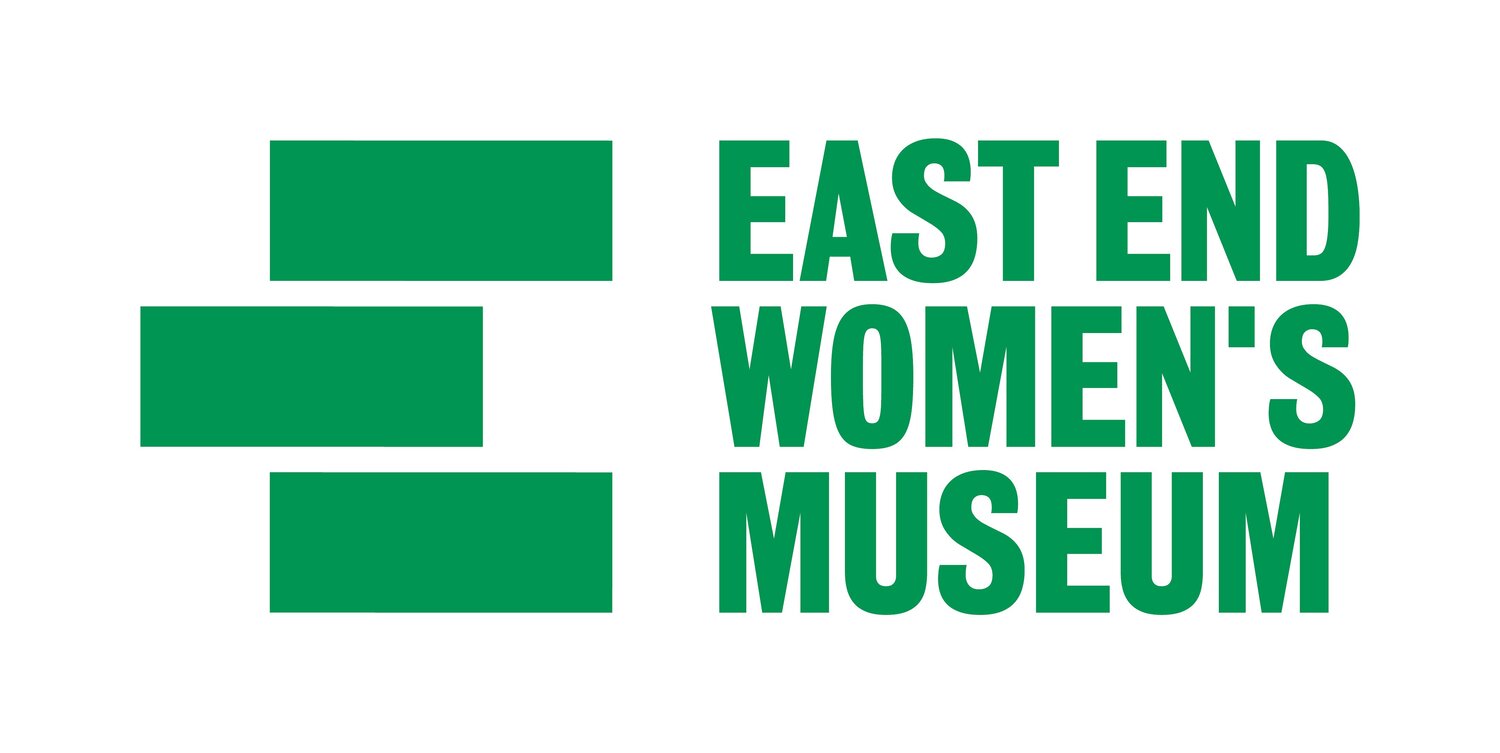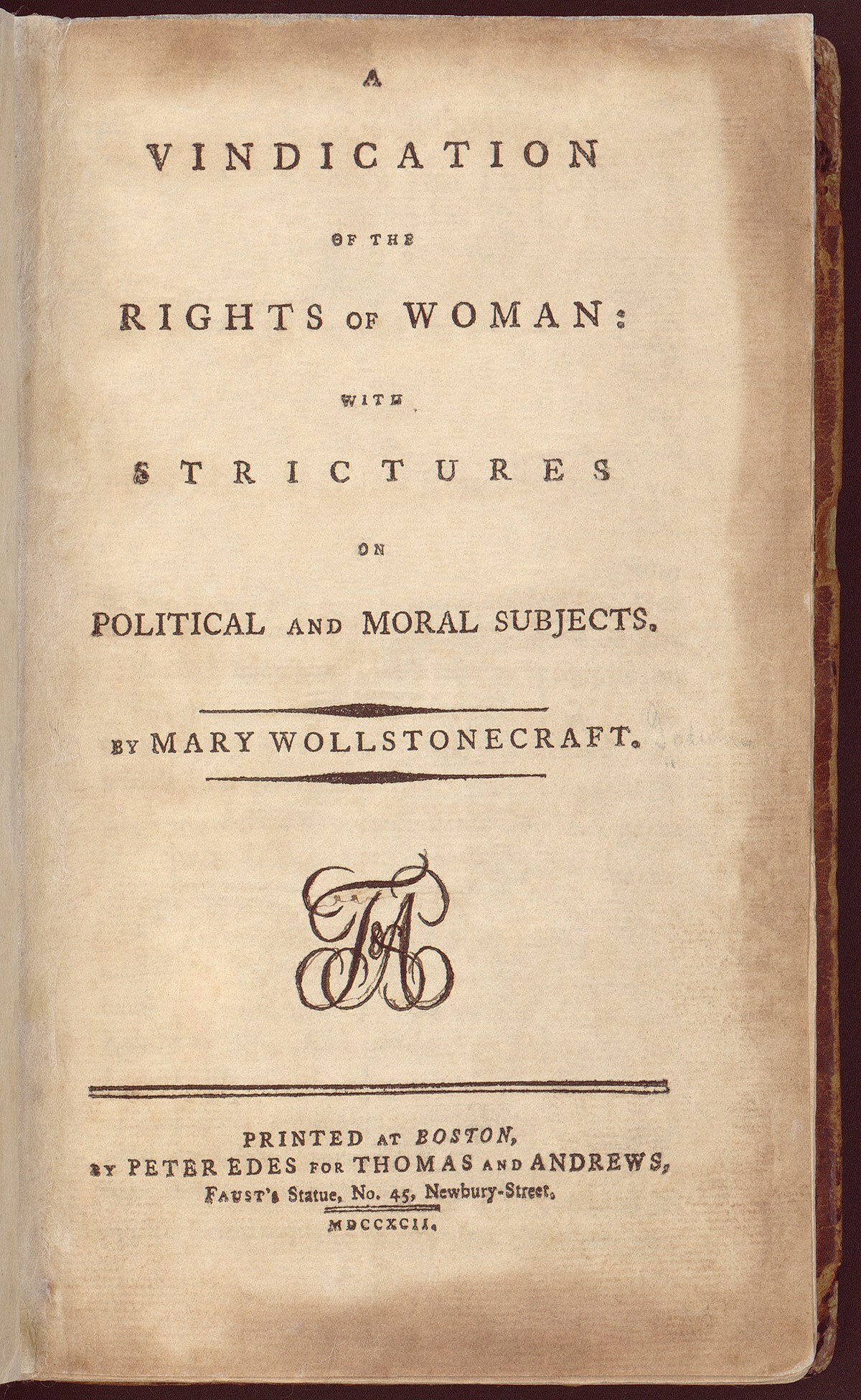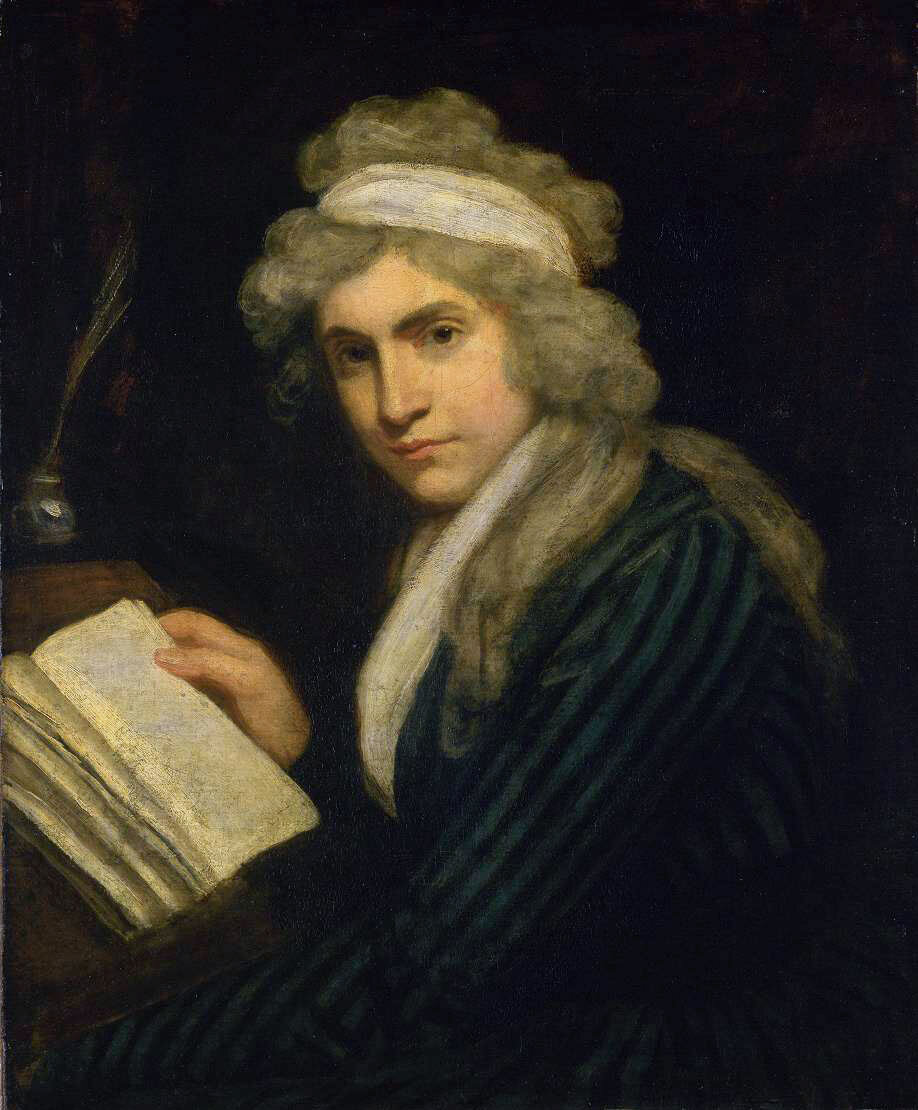“Strengthen the female mind by enlarging it, and there will be an end to blind obedience.”
Best known for the feminist treatise A Vindication of the Rights of Woman, Mary Wollstonecraft was a writer and thinker born on the 27th April 1759 in Spitalfields, East London.
Cover of A Vindication of the Rights of Woman (Image credit: Wikipedia)
This most famous of her works is well known as one of the earliest examples of feminist philosophy and continues to be read by many people today. But fewer of us know much about the woman herself, or the circumstances of her early life in particular. Having been unpopular in the decades after her death as details of some of her more unconventional attitudes and actions came to light, she only began to gain proper recognition for her contribution to feminism one hundred years after A Vindication was first published.
The radical ideas contained within it were informed and fomented by the circumstances of her youth in London, and the people who surrounded her there. By looking at this part of her life, we gain a fuller picture of how she came to be an influential feminist thinker and writer.
Early Years
Wollstonecraft was born in her grandfather’s house on Primrose Street, in Spitalfields, East London, close to where Liverpool Street Station is now. She was the second child of Edward Wollstonecraft, an English weaver, and Elizabeth Dickson, an Irish woman from a wine-merchant family. The couple had more children in the years that followed, and Mary would eventually be one of seven.
As an adult, Wollstonecraft told her husband, William Godwin, about her childhood, particularly its unhappy elements. The most serious of these was her father’s abusiveness towards her mother, and sometimes, also, to Mary and her siblings. Wollstonecraft remembered him for his temper, which he would lose suddenly and on little basis.
An unsettled youth
The area where the family lived in Spitalfields was busy, even overcrowded, and full of manufacturing businesses that transported their wares to the nearby market. Edward Wollstonecraft was a silk weaver, and his offices were located in the area where the family lived, so these very first years of Mary’s life were full of bustle and noise.
When Mary was four, they moved to Epping Forest on London’s outskirts and, in 1765, to Barking, which was then a market town in the county of Essex and is now a district of East London in the borough of Barking and Dagenham. There, Edward became a farmer, though he had little knowledge of or training in the profession.
Although she would move again, to Beverley in Yorkshire, before she turned ten, the adult Wollstonecraft recalled memories of her early life in Barking. She remembered fondly the family’s garden and the surrounding countryside, the natural beauty of which brought her comfort during times when her father’s temper, worsening alcoholism and failing attempts to earn the family’s living, caused her pain.
Away from London
In Yorkshire, her father continued to be abusive and a poor provider, and Mary, as she grew older, began to take on a protective role towards her siblings and her mother, although she also resented and pitied her mother for her inability to help their situation herself. Wollstonecraft later told Godwin about times she slept on the landing outside her mother’s bedroom to deter her father from entering and hurting her. Young Mary was developing a strong intolerance for injustice. While living in Yorkshire she also received an education at an inexpensive day-school, which gave her some practice in writing and reading, if little else. She would later praise the school for its inclusiveness, in comparison to the exclusivity of the public schools attended by young boys.
Wollstonecraft in 1790–91, by John Opie (Image credit: Wikipedia)
Returning to the city
In 1775, Mary’s father, chasing some new business scheme, moved the family back to London, this time to Hoxton, another area of East London known at the time for its public houses. Mary Wollstonecraft was now sixteen.
Unhappily separated from the close friend she had made in Yorkshire, Jane Arden, whose family offered more intellectually stimulating company than her own, she befriended a new neighbour with a passion for poetry, Reverend Clare. Mary would visit him for long spells, studying and reading the literature he prescribed, which included works by Jonathan Swift and John Locke. Reverend Clare would also introduce Mary to Fanny Blood, who became another of her closest friends.
Living in London once more, Mary became restless and wanted to leave her family home to be nearer to Fanny. Again, her father moved the family, this time to Walworth in South London, which did bring Mary a little closer to Fanny. Mary’s older brother, Ned, left home around this time to live nearer to his work, and Mary grew yet more restless, wanting to follow him out of her parents’ orbit. But her mother protested; she didn’t want to say goodbye to another child, despite always having favoured Ned over Mary.
The family had taken lodgings with a young bank clerk called Thomas Taylor, who kept Mary somewhat entertained with conversations about Plato and other ancient philosophers, while she planned her future.
Early adulthood
Aged 19, against her mother’s wishes, Mary left home to become a companion to an elderly woman in Bath, one of only a few options for women of her background and means.
Not long after, Elizabeth Wollstonecraft fell seriously ill and Mary returned home to care for her until she died. Edward Wollstonecraft soon remarried, much to his children’s shock and upset.
Then came another trial for Mary and her family.
In 1782 Mary’s younger sister, Eliza, married and had a child. Although Mary had mixed feelings about marriage due to her parents’ relationship, she could see its advantages for Eliza, who was less ambitious and intellectually curious than her. After giving birth, though, Eliza suffered from postpartum depression and Mary, in caring for her, eventually realised that her husband, a man named Meredith Bishop, was also contributing to Eliza’s pain. Eliza did not love her husband, and wanted her marriage to be over.
It was not that simple, though; women were required by law to perform their duties as wives unless some serious abuse had occurred. So, Mary helped her sister flee in secret. The sisters went into temporary hiding in Hackney, where Eliza finally began to recover from her illness, although tragically the daughter she had left behind died soon after. Later, when Mary wrote A Vindication of the Rights of Woman, she would attack the laws that had forced her sister to escape her marriage in this way.
Newington Green School
After this episode, Mary and Eliza began a new chapter, as teachers at Newington Green School in north London, a school for girls that Mary and her friend Fanny Blood co-founded.
Although she was a caring, hardworking teacher, Mary did not consider the school to be a place for the serious education of girls, having accepted the societal attitude that young women should be cared for and provided with basic feminine skills, but that if parents wished their daughters to receive a more expansive education, they held the responsibility for providing it themselves.
This belief would be one Mary would later challenge, in part because of the ideas she quickly encountered in Newington Green, which was an intellectually stimulating and radical area of London. She befriended the Reverend Richard Price, who was known as an agitator for political reforms and as a philosopher. He recommended the abolition of the House of Lords and advocated for universal male suffrage.
His ideas would greatly influence Wollstonecraft’s, although her own experiences, and those of her sister and mother, would also be profoundly important for her future writings.
Beginning of a new chapter
It was in the exciting and politically engaging environment of Newington Green that Mary first began to write. Initially, she produced reviews, translations and children’s books.
Later, she met the publisher Joseph Johnson, who commissioned her first full-length book, Thoughts on the Education of Daughters, which was published in 1787. It contained the argument that a poor education and an early marriage could ruin a woman’s life, though its main focus was on how to educate women so as to enable them to become good wives and mothers.
It nonetheless anticipated what Wollstonecraft was going to do next, as she embarked on a writing career that would eventually bring her fame and notoriety, and introduce to the world the, at that time revolutionary idea, that women deserved the same fundamental rights as men.
A Vindication of the Rights of Woman was published just five years after Thoughts, in 1792.
Author
Emma Raymond is an assistant curator at University of Aberdeen Museums and Special Collections where she works on exhibitions of both archive and museum collections. She loves reading and writing, and has always been interested in the history of feminism.
Sources
Miriam Brody, Mary Wollstonecraft: Mother of Women’s Rights (2000).
Janet Todd, Mary Wollstonecraft: A Revolutionary Life (2000).



